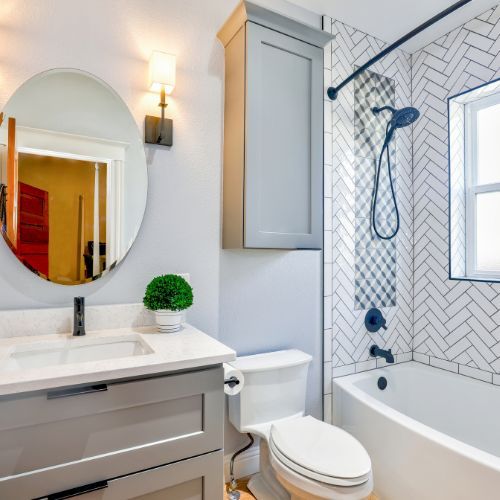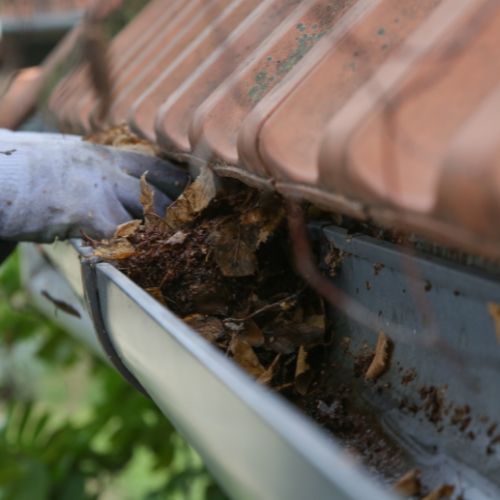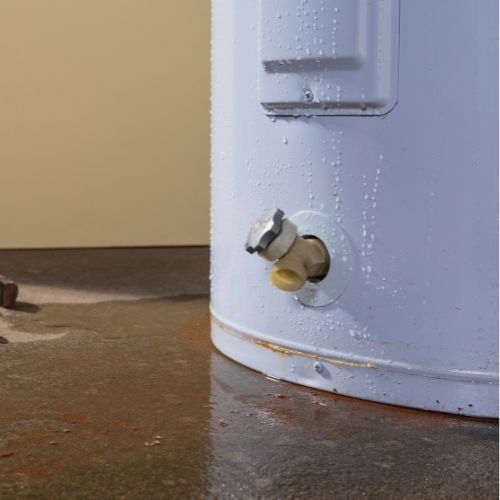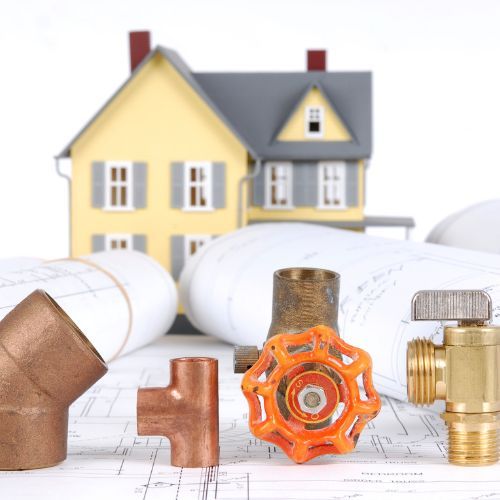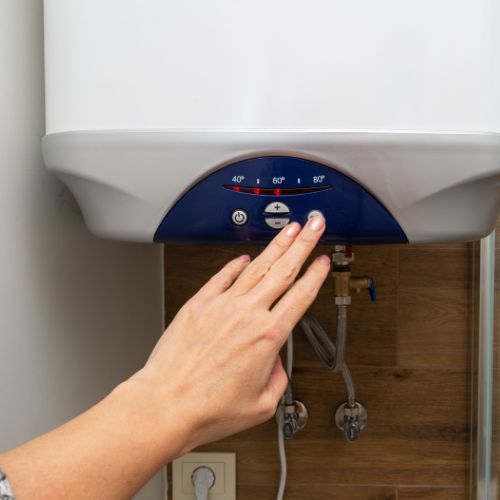The Importance of Backflow Prevention Devices

Table of Contents
ToggleTL;DR: Backflow, the reversal of water flow that can contaminate clean water supplies, poses serious health risks. In California, where water safety is crucial, backflow prevention devices are essential. Contact Elevated Comfort Plumbing to safeguard your home’s water supply with professional advice and installation services.
Ensuring the safety and purity of your water supply is paramount for any homeowner. One of the critical aspects of maintaining a clean water system is preventing backflow, which can contaminate your drinking water with harmful substances. In California, where water conservation and quality are top priorities, the use of backflow prevention devices is essential. Elevated Comfort Plumbing, a trusted plumbing service provider in California, is here to help you understand the importance of backflow prevention devices and how they protect your home’s water supply.
Understanding Backflow
Backflow occurs when the normal flow of water is reversed, causing contaminated water to enter the clean water supply. This reversal can introduce pollutants, chemicals, and other hazardous substances into your drinking water, posing significant health risks.
Backflow typically happens due to a pressure differential in the water supply system. When the pressure on the supply side drops below the pressure on the consumer side, contaminated water can be drawn back into the clean water supply. Understanding how and why backflow occurs is crucial for implementing effective prevention measures.
Common Causes of Backflow
Several factors can lead to backflow, including:
- Backsiphonage: This occurs when there is a sudden drop in water pressure in the supply system, such as during a water main break or heavy water usage in the area. The drop in pressure creates a vacuum effect, drawing contaminated water back into the clean supply.
- Backpressure: This happens when the pressure in the consumer’s system exceeds the pressure in the supply system. It can be caused by factors such as pump systems, elevated tanks, or boilers. The higher pressure forces contaminated water back into the clean supply lines.
- Cross-Connections: These are direct physical connections between the potable water system and any source of contamination, such as irrigation systems, industrial equipment, or fire sprinkler systems. Cross-connections can facilitate backflow if not properly managed and protected.
Recognizing these common causes helps in identifying potential risks and implementing appropriate backflow prevention measures.
What is a Backflow Prevention Device?
A backflow prevention device is a mechanical device installed in the plumbing system to prevent the reverse flow of contaminated water into the clean water supply. These devices are designed to maintain the integrity of the water supply by automatically blocking backflow when a pressure differential is detected.
Backflow prevention devices are essential for protecting public health and ensuring that the water you use for drinking, cooking, and cleaning remains safe. They are typically installed at key points in the plumbing system where the risk of backflow is highest, such as at the main water line entering the property or at cross-connections.
Types of Backflow Prevention Devices
There are several types of backflow prevention devices, each designed to address specific backflow risks and installation requirements:
- Air Gap: This is a simple and effective method of backflow prevention that involves creating a physical separation between the water supply outlet and the flood level of the fixture. An air gap prevents backflow by ensuring that contaminated water cannot be siphoned back into the clean water supply.
- Double Check Valve Assembly (DCVA): This device consists of two independent check valves installed in series. The DCVA is designed to prevent backflow in low to medium hazard situations. It provides a redundant layer of protection, ensuring that if one check valve fails, the other will still function.
- Reduced Pressure Zone (RPZ) Assembly: The RPZ is a more advanced backflow prevention device designed for high-hazard situations. It includes two check valves and a pressure relief valve. The pressure relief valve opens to discharge water if the pressure differential indicates a risk of backflow, providing maximum protection for the clean water supply.
- Pressure Vacuum Breaker (PVB): This device is typically used for irrigation systems and outdoor applications. The PVB prevents backsiphonage by incorporating a check valve and an air inlet valve. When the supply pressure drops, the air inlet valve opens, breaking the vacuum and preventing contaminated water from being drawn back.
Choosing the right type of backflow prevention device depends on the specific needs and risks of your plumbing system. Elevated Comfort Plumbing can help you select and install the appropriate device for optimal protection.
Final Thoughts
Backflow prevention devices play a crucial role in maintaining the safety and quality of your water supply. Understanding backflow, its causes, and the types of prevention devices available is essential for protecting your home and health. In California, where water quality and conservation are vital, implementing backflow prevention measures is particularly important.
Elevated Comfort Plumbing is committed to helping California homeowners safeguard their water supply with expert advice and professional installation of backflow prevention devices. Contact Elevated Comfort Plumbing today to learn more about how we can help you protect your home from the risks of backflow and ensure a clean, safe water supply for your family.
